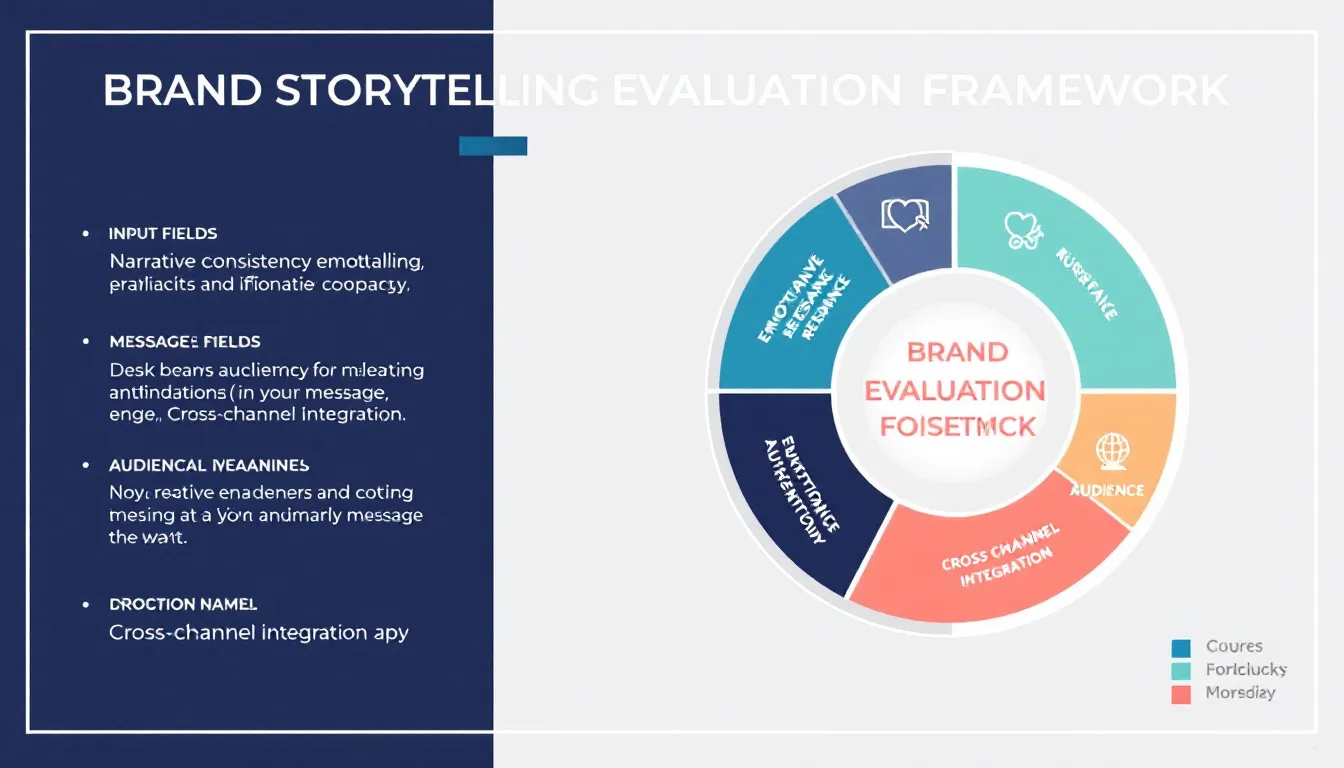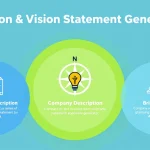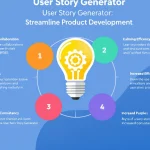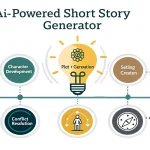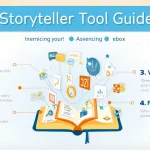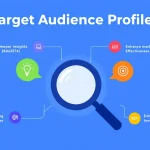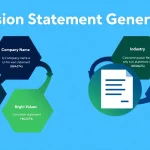Is this tool helpful?
How to Use the Brand Storytelling Evaluation Tool Effectively
To conduct a comprehensive analysis of your brand’s storytelling effectiveness, follow these steps to use the evaluation tool:
- Brand Name: Enter your company’s name (e.g., “Patagonia” or “Tesla”)
- Target Audience: Specify your primary audience demographics and characteristics (e.g., “Environmentally conscious outdoor enthusiasts aged 25-45” or “Tech-savvy luxury car buyers with high disposable income”)
- Brand Purpose: Input your mission and purpose statement that defines your brand’s core values
- Touchpoints: List all relevant brand interaction channels
- Current Stories: Provide examples of existing brand narratives and campaigns
Understanding Brand Storytelling Analytics
Brand storytelling evaluation is a strategic process that measures how effectively a company communicates its values, mission, and purpose across various marketing channels. This tool analyzes the authenticity, emotional impact, and memorability of brand narratives while providing actionable recommendations for improvement.
Key Components of Brand Storytelling Analysis
- Narrative Consistency
- Emotional Resonance
- Message Authenticity
- Audience Engagement
- Cross-channel Integration
Benefits of Using the Brand Storytelling Evaluation Tool
1. Strategic Insight Development
The tool provides detailed analysis of your brand’s storytelling effectiveness across multiple dimensions:
- Message coherence across touchpoints
- Emotional connection strength
- Authenticity assessment
- Target audience alignment
2. Performance Optimization
Identify areas for improvement in your brand communication strategy:
- Content gap analysis
- Channel effectiveness evaluation
- Narrative structure assessment
- Audience response metrics
3. Competitive Differentiation
Understand how your brand story stands out in the market:
- Unique value proposition clarity
- Story distinctiveness assessment
- Market positioning analysis
Solving Brand Communication Challenges
Example Analysis: Sustainable Fashion Brand
Consider a sustainable fashion brand targeting environmentally conscious millennials:
- Brand Name: EcoStyle
- Target Audience: Environmentally conscious fashion enthusiasts, 25-35 years old
- Purpose: “To revolutionize fashion through sustainable practices and ethical production”
- Touchpoints: Instagram, Website, Physical stores, Email newsletters
- Current Stories: Behind-the-scenes manufacturing, customer sustainability stories
Evaluation Outcomes:
- Narrative Consistency Score: 85%
- Emotional Impact Rating: High
- Authenticity Assessment: Strong
- Cross-channel Integration: Moderate
Practical Applications and Use Cases
Case Study 1: Tech Startup Rebrand
A B2B software company used the tool to evaluate their rebranding initiative:
- Initial analysis revealed disconnected messaging across channels
- Tool identified opportunities for stronger emotional storytelling
- Implemented recommendations led to 40% increase in brand engagement
Case Study 2: Retail Chain Evolution
National retail chain evaluation results:
- Discovered inconsistent brand voice across regional markets
- Identified need for localized storytelling approaches
- Implementation of recommendations resulted in 25% increase in customer loyalty
Industry-Specific Applications
E-commerce Brands
- Digital touchpoint optimization
- Customer journey storytelling
- Social proof integration
Service-Based Businesses
- Client relationship narratives
- Expert positioning stories
- Value proposition communication
Frequently Asked Questions
What makes a brand story effective?
An effective brand story combines authenticity, emotional resonance, and clear alignment with company values while maintaining consistency across all touchpoints.
How often should I evaluate my brand storytelling?
Quarterly evaluations are recommended to ensure continuous alignment with market dynamics and audience preferences.
Can small businesses benefit from this tool?
Yes, businesses of all sizes can utilize this tool to develop and refine their brand storytelling strategy.
What elements should a brand story include?
Effective brand stories should include your company’s purpose, values, customer benefits, and emotional connection points.
How can I improve my brand’s emotional connection?
Focus on authentic customer experiences, relatable challenges, and genuine solutions while maintaining consistent messaging across all channels.
What role does visual content play in brand storytelling?
Visual content enhances story retention, emotional impact, and message clarity when aligned with your brand narrative.
Best Practices for Implementing Recommendations
1. Strategic Implementation
- Prioritize high-impact recommendations
- Create implementation timelines
- Assign responsibility for execution
2. Monitoring Progress
- Track key performance indicators
- Gather audience feedback
- Measure engagement metrics
3. Continuous Improvement
- Regular evaluation cycles
- Audience feedback integration
- Market trend alignment
Advanced Brand Storytelling Techniques
1. Transmedia Storytelling
- Cross-platform narrative development
- Channel-specific content adaptation
- Integrated messaging strategy
2. User-Generated Content Integration
- Customer story incorporation
- Community building through shared narratives
- Authentic social proof development
3. Data-Driven Storytelling
- Audience insight integration
- Performance metric analysis
- Content optimization strategy
Important Disclaimer
The calculations, results, and content provided by our tools are not guaranteed to be accurate, complete, or reliable. Users are responsible for verifying and interpreting the results. Our content and tools may contain errors, biases, or inconsistencies. We reserve the right to save inputs and outputs from our tools for the purposes of error debugging, bias identification, and performance improvement. External companies providing AI models used in our tools may also save and process data in accordance with their own policies. By using our tools, you consent to this data collection and processing. We reserve the right to limit the usage of our tools based on current usability factors. By using our tools, you acknowledge that you have read, understood, and agreed to this disclaimer. You accept the inherent risks and limitations associated with the use of our tools and services.
